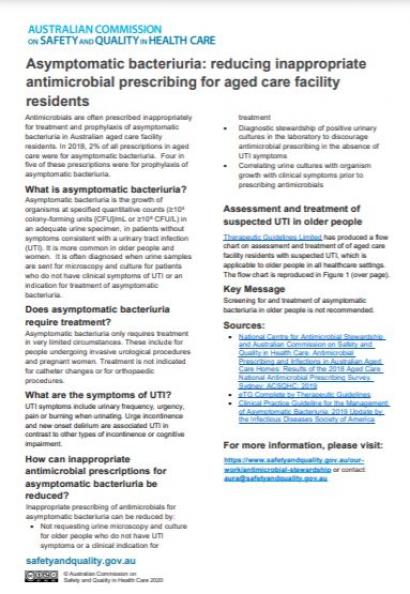2020
Newsletter
This issue includes items on infection prevention and control, over-diagnosis and over-treatment of the frail elderly, patient feedback, multimorbidity, clinician engagement, person-centred learning health systems, patient-physician relationship, medication safety, blood management and more.

